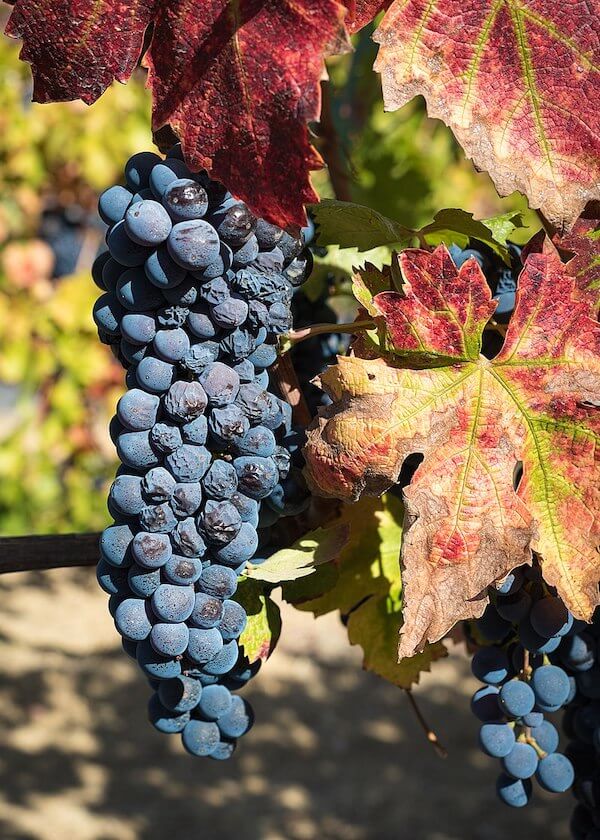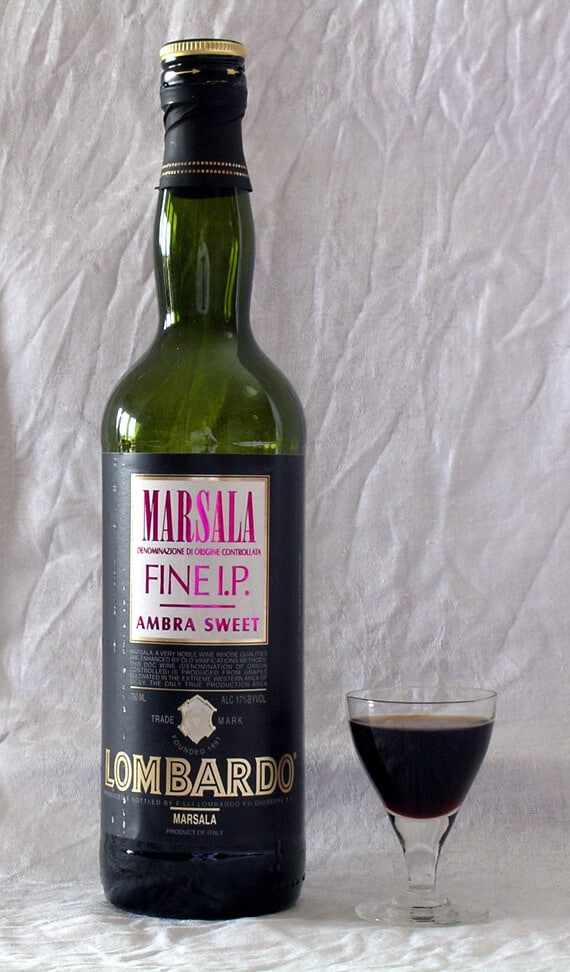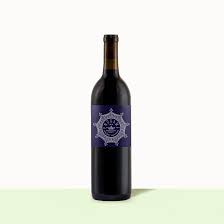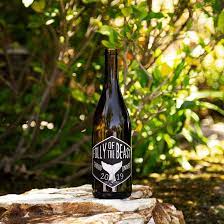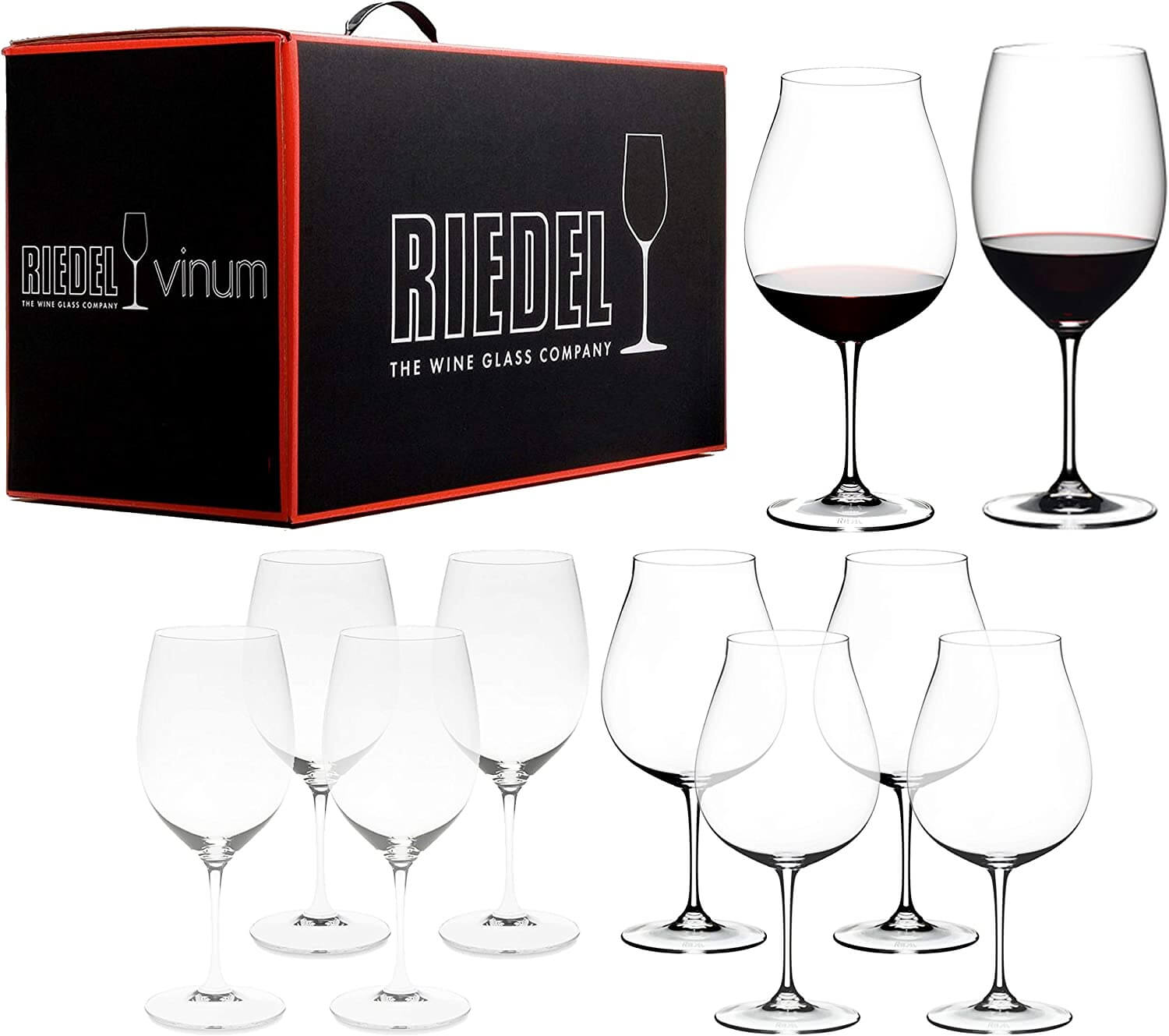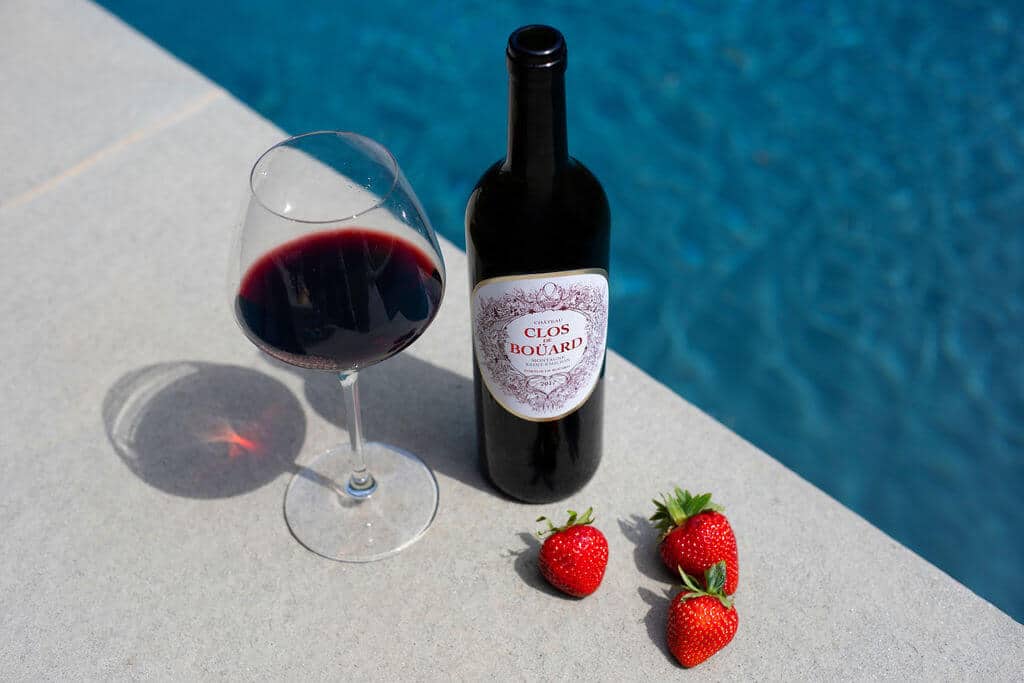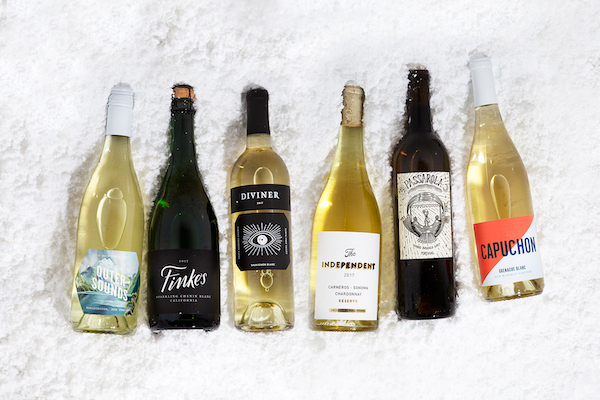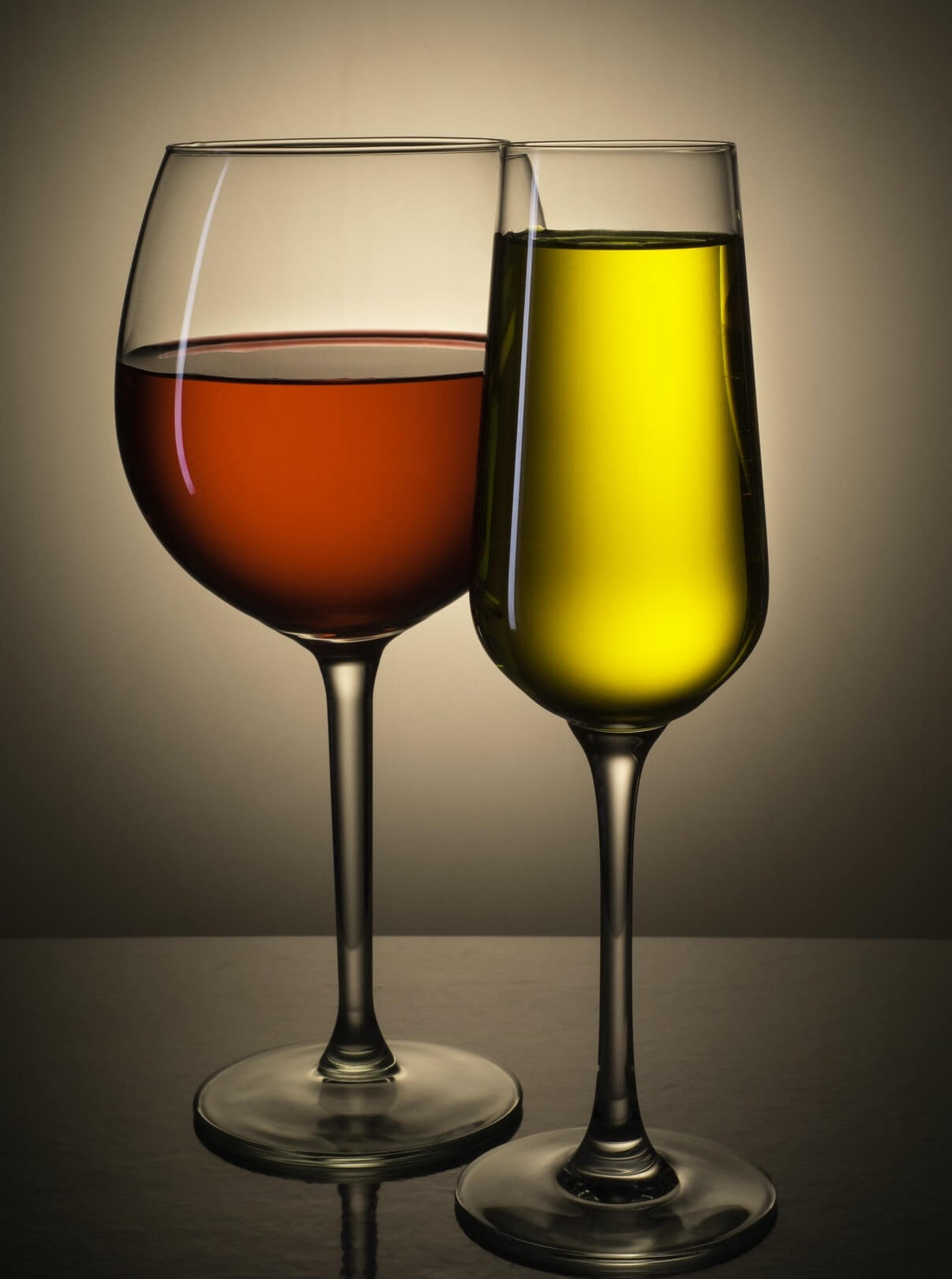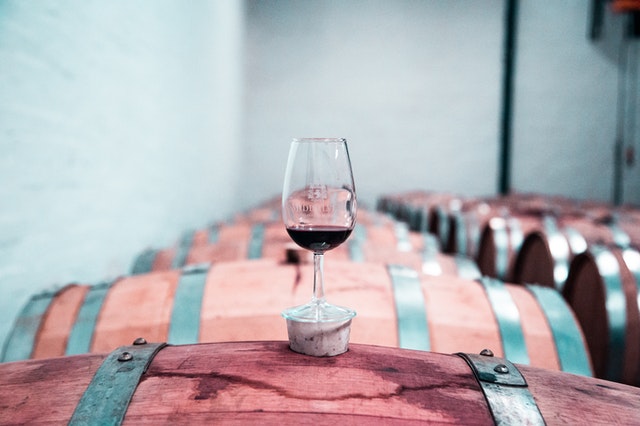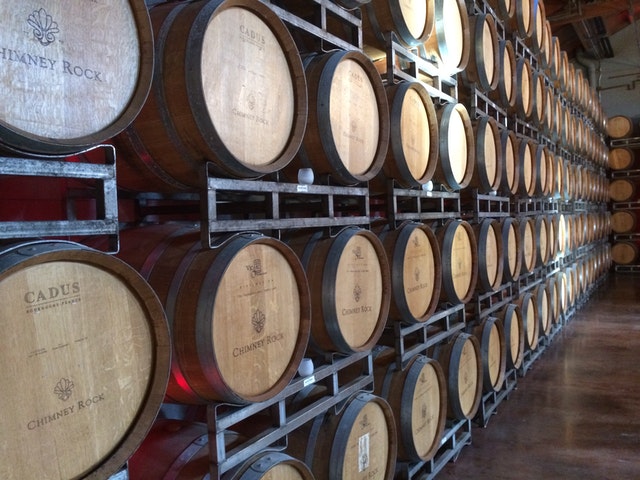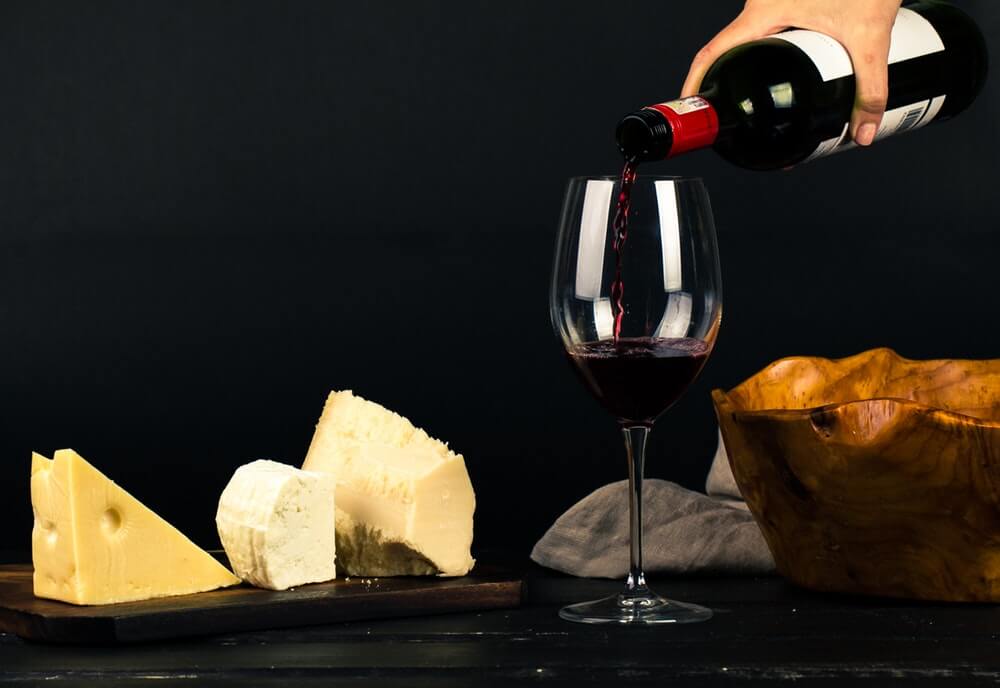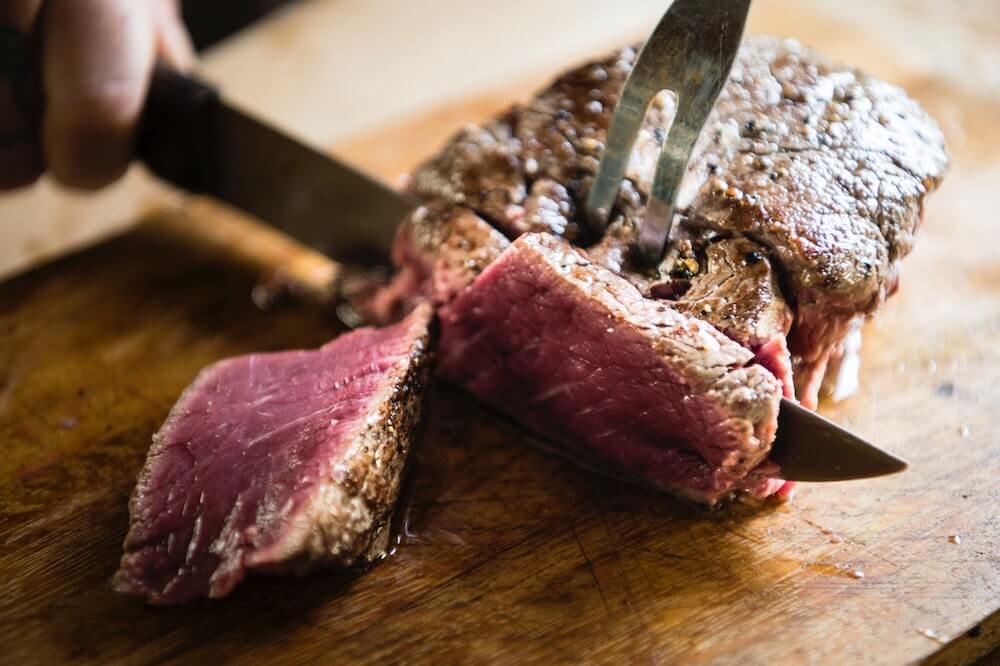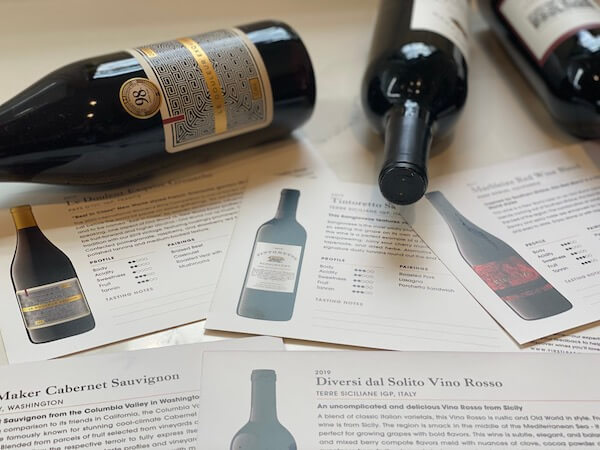Malbec is a type of popular red wine that is made from the Malbec grape. The grape is originally native to France (where it’s also called Cot), but it is now primarily grown in Argentina, where it has become the country’s signature grape variety for wine production.
Malbec is often used as a blending grape, particularly in Bordeaux-style blends, but it is also commonly made as a single-varietal wine.
In this review, you can find all you need to know about this popular wine – from history, tasting notes, comparison to other wines, and best food pairings.
Malbec Wine History
Malbec wine has a long and complex history that spans several countries worldwide. The Malbec grape is believed to have originated in southwestern France, where it has been cultivated since at least the Middle Ages. The grape was traditionally used as a blending grape in the wines of Bordeaux, where it added color, tannin, and body to the blend.
In the mid-19th century, Malbec was introduced to Argentina, where it thrived in the high-altitude vineyards of the Mendoza region. The grape became so successful in Argentina that it is now considered the country’s signature grape variety.
In the late 20th century, Malbec experienced a resurgence in popularity in France, particularly in the Cahors region in southwestern France. This led to a renewed interest in the grape, and many winemakers began producing high-quality Malbec wines as a single varietal.
Malbec Tasting Notes & Characteristics
Malbec wines are typically medium to full-bodied with moderate tannins and a dark, inky color. They are known for their fruity and floral aromas, which often include notes of dark fruit flavors like blackberry, plum, cherry, and violet.
Malbec wine taste can range from being quite fruit-forward and approachable to being more complex and age-worthy, with earthy or smoky flavors.
Where Does Malbec Grape Grow?
As noted above, the Malbec grape is believed to have originated in southwestern France. Today, Malbec is grown in many countries around the world, including the United States, Australia, Chile, and South Africa.
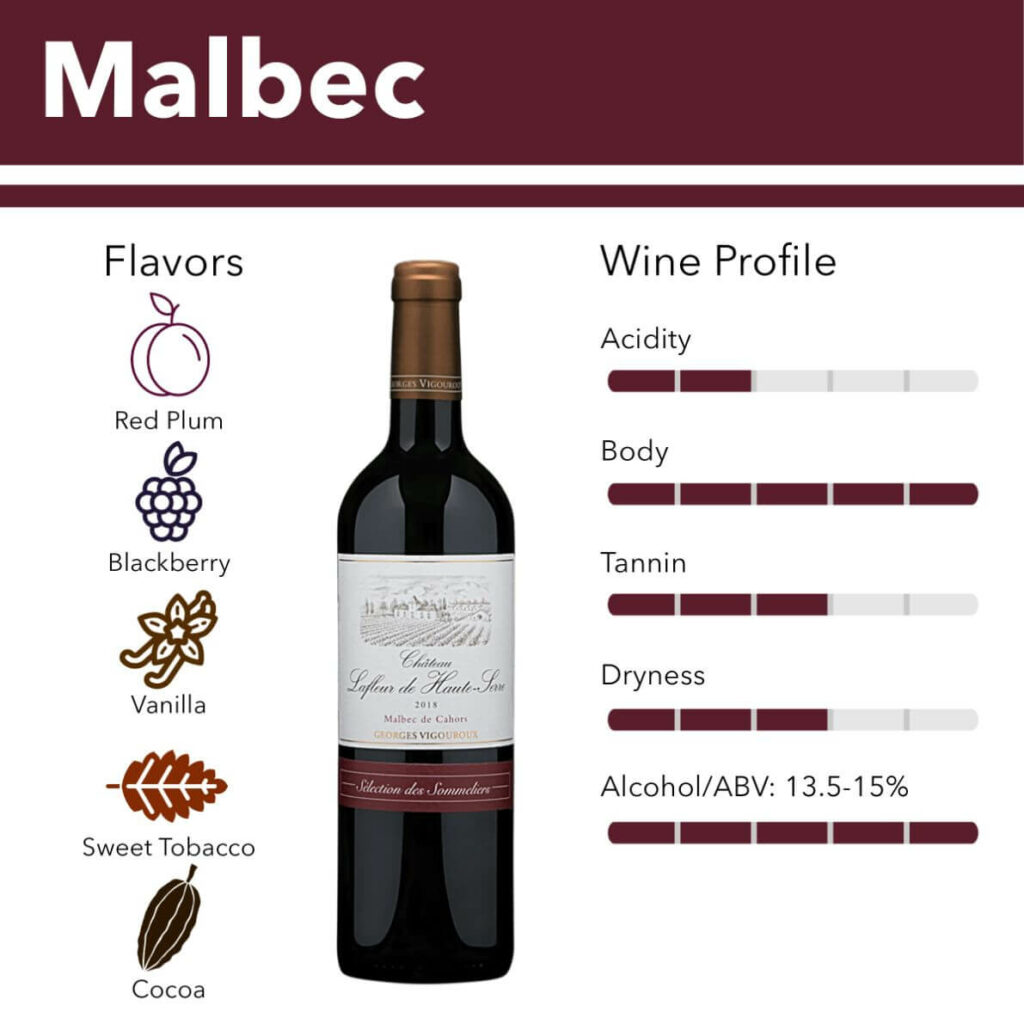
However, it remains most closely associated with Argentina, where it is the most widely planted grape variety and is responsible for some of the country’s most iconic wines.
A Little More About Argentinian Malbec Wine
Argentina is the largest producer of Malbec wine in the world. The main reason for that is that the Malbec grapes grow well in the warm and sunny climate of Argentina. Also, the high altitude of many of Argentina’s vineyards helps to produce grapes with deep, rich flavors.
Argentine Malbec wines are typically characterized by their intense, dark fruit flavors, such as black cherry and plum, as well as notes of chocolate, coffee, and leather. They are often full-bodied and tannic, with a bold and robust character.
While Malbec can be produced in a range of styles, many Argentine winemakers tend to favor a more fruit-forward approach, using newer oak barrels and less aging time to allow the fruit flavors to shine through. This has helped establish Argentine Malbec as a popular drink for wine lovers worldwide, particularly those who enjoy bold, flavorful red wines.
A Little More About French Malbec Wine
French Malbec wine (also known as Cot) is quite different from Argentine Malbec in terms of style and flavor profile. French Malbec is generally lighter in body and has more pronounced acidity, with flavors that are more herbal and earthy, such as black pepper, violet, and tobacco.
French Malbec is often used as a blending grape in Bordeaux blends, where it can add structure, tannins, and complexity to the wine.
In the Cahors region of southwest France, however, Malbec is the main grape variety used to produce full-bodied, tannic wines with intense black fruit flavors, such as blackberry and blackcurrant, as well as savory notes of leather and game.
The differences between French and Argentine Malbec are due to a combination of factors, including climate, soil, winemaking techniques, and grape clones. While both regions produce high-quality Malbec wines, the Argentine climate tends to be warmer and drier, resulting in riper, more fruit-forward grapes, while the cooler weather of France produces grapes with higher acidity and more savory-like flavors.
Popular Blends of Malbec Grapes
While Malbec is often used as a single-varietal wine, it is also commonly used as a blending grape in many regions. Overall, Malbec grapes can be used to add color, tannin, and fruit flavors to red wine blends.
Here are a few popular red wine blends that can include Malbec:
Bordeaux Blends
In the Bordeaux region of France, Malbec grapes are one of the five primary grape varieties used in the classic Bordeaux blend, along with Cabernet, Merlot, Cabernet Franc, and Petit Verdot. These blends can vary depending on the winemaker’s preference and the vintage, but they often include a significant percentage of Malbec.
GSM Blends
In Australia, Malbec is sometimes blended with Grenache and Shiraz to create what is known as a GSM blend. These wines are known for their rich fruit flavors, spicy notes, and smooth tannins.
Super Tuscan Blends
In Italy, Malbec is sometimes used as a blending grape in so-called “Super Tuscan” blends, which typically include Sangiovese, Cabernet Sauvignon, and sometimes Merlot. These wines are known for their bold flavors, high tannins, and age-worthiness.
Red Blends
In many regions, including Argentina and the United States, Malbec is commonly blended with other red grape varieties to create complex, balanced red blends. These blends can include Cabernet Sauvignon, Merlot, Syrah, and other grape varieties.
Malbec vs. Cabernet Sauvignon vs. Shiraz vs. Merlot vs. Pinot Noir – What Are The Differences?
Malbec, Cab, Shiraz (also known as Syrah), Pinot Noir, and Merlot are all popular red grape varieties that produce distinct and different styles of wine.
Here are some of the main differences between these four grape varieties:
Malbec is known for its dark fruit flavors, such as blackberry and plum, and its soft, velvety tannins. It is often medium-bodied and has a lower acidity than other red wines. Malbec wines typically have a deep, inky color and are often made as a single-varietal wine.
Cabernet Sauvignon is one of the most widely planted red grape varieties in the world. It is known for its full-bodied, tannic wines with flavors of blackcurrant, blackberry, and sometimes green pepper or mint. Cab wines often have high acidity and can be very age-worthy.
Shiraz (known as Syrah in some regions) is a grape variety that produces bold, spicy wines with flavors of blackberry, black pepper, and sometimes smoked meat or leather. Shiraz wines are often full-bodied and have a high tannin content, making them suitable for aging.
Merlot is a soft, fruity grape variety that produces wines with flavors of black cherry, raspberry, and plum. Merlot wines are typically medium-bodied with moderate tannins and acidity. They are often blended with other wine grapes, such as Cab Sauvignon, to create a more complex wine.
Pinot Noir is typically lighter in the body than Malbec and has more delicate flavors, such as red fruit, floral notes, and earthy undertones. The Pinot grapes thrive in cooler regions. This affects the ripeness and higher acidity levels of the grapes, and the lower levels of tannins, resulting in a softer, smoother mouthfeel. Pinot Noir is closely associated with the Burgundy region of France and is widely grown around the world, including in California, Oregon, and New Zealand.
Overall, the main differences between these grape varieties are in their flavor profiles, body, tannin content, and acidity. While there are some generalizations that can be made about each grape variety, there is also significant variation depending on the wine regions and winemaking style used to produce the wine.
How Should You Serve Malbec Red Wine?
Malbec wine is typically served at room temperature or slightly below, around 60-68°F (16-20°C), depending on personal preference. This is because Malbec is a full-bodied red wine that benefits from being slightly warmer than a lighter-bodied red or white wine, which is typically served at cooler temperatures.
While some people may prefer to chill their red wines, it’s generally not recommended to serve Malbec wine too cold, as this can mute its flavors and aromas. Chilling the wine too much can also emphasize its tannins, making it taste overly astringent.
It is also recommended to let Malbec wine breathe for 20 to 30 minutes before serving and drinking it. This is because Malbec is a full-bodied red wine with bold flavors and tannins that can sometimes be overpowering when the wine is first opened. Letting the wine breathe can soften its tannins and open up its aromas and flavors, making it more enjoyable to drink.
Pairing Malbec Wines – Perfect Malbec Food Pairing Tips
Overall, Malbec is a versatile wine that can pair well with various foods, from rich meats to spicy dishes and even chocolate.
Here are the five best food pairings that fit a nice Malbec wine glass:
Grilled Meats: Malbec wine pairs beautifully with grilled red meat such as steak, lamb, and pork. The wine’s tannins and bold flavors complement the rich, smoky flavors of the meat, making for a delicious pairing.
Spicy Foods: Malbec’s fruit-forward flavors and mild tannins can help to balance the heat of spicy foods. Try pairing Malbec with spicy dishes such as chili, Mexican cuisine, or Indian curries with poultry.
Cheeses: Malbec can also pair well with hard, flavorful cheeses such as cheddar, aged gouda, or manchego. The wine’s tannins help to cut through the richness of the cheese and enhance its flavors. It can also fit with bold blue cheese.
Roasted Vegetables: Malbec can be a surprising but excellent pairing with roasted vegetables such as mushrooms, eggplant, and bell peppers. The wine’s fruity flavors can complement the earthy flavors of the vegetables and make for a delicious vegetarian pairing.
Dark Chocolate: The rich, dark fruit Malbec taste can also make a great food pairing with dark chocolate. Try pairing Malbec with high-quality dark chocolate or flourless dark chocolate cake for a decadent dessert pairing.
How Much Does Malbec Wine Cost?
The price range for Malbec wine can vary widely depending on several factors, including the region where the grapes were grown, the winemaking process, the age of the wine, and the reputation of the producer. Overall, we would say that the price range for Malbec wine offers a lot of options for different budgets, from affordable day-to-day drinking to premium, cellar-worthy bottles.
On the lower price range, you can find Malbec wines for around $10-15 USD per bottle, which are typically produced in bulk and intended for everyday drinking. These wines may not have the same depth and complexity as higher-priced Malbecs, but they can still be enjoyable and offer good value.
On the higher price range, premium Malbecs from top producers and regions can range from $30-100 USD and more per bottle. These wines are often made from low-yielding vineyards, with careful attention to detail in the winemaking process, and are intended for aging or special occasions.
Final Notes On Malbec Wine
Malbec wine is a delicious and versatile red wine that has gained popularity in recent years. When selecting a Malbec, it’s important to consider the region where the grapes were grown, as this can have a significant impact on the wine’s flavor profile. Malbecs from Argentina are typically fruit-forward and rich, while those from France can be more complex and earthy.
Overall, Malbec wine is a wonderful choice for anyone looking for a flavorful and approachable red wine that can be enjoyed on its own or with different foods, from meat to dark chocolate.
If you wish to learn more about different aspects of the wine world or the best wine clubs to join to diversify your wine experience, check out our Blog!























